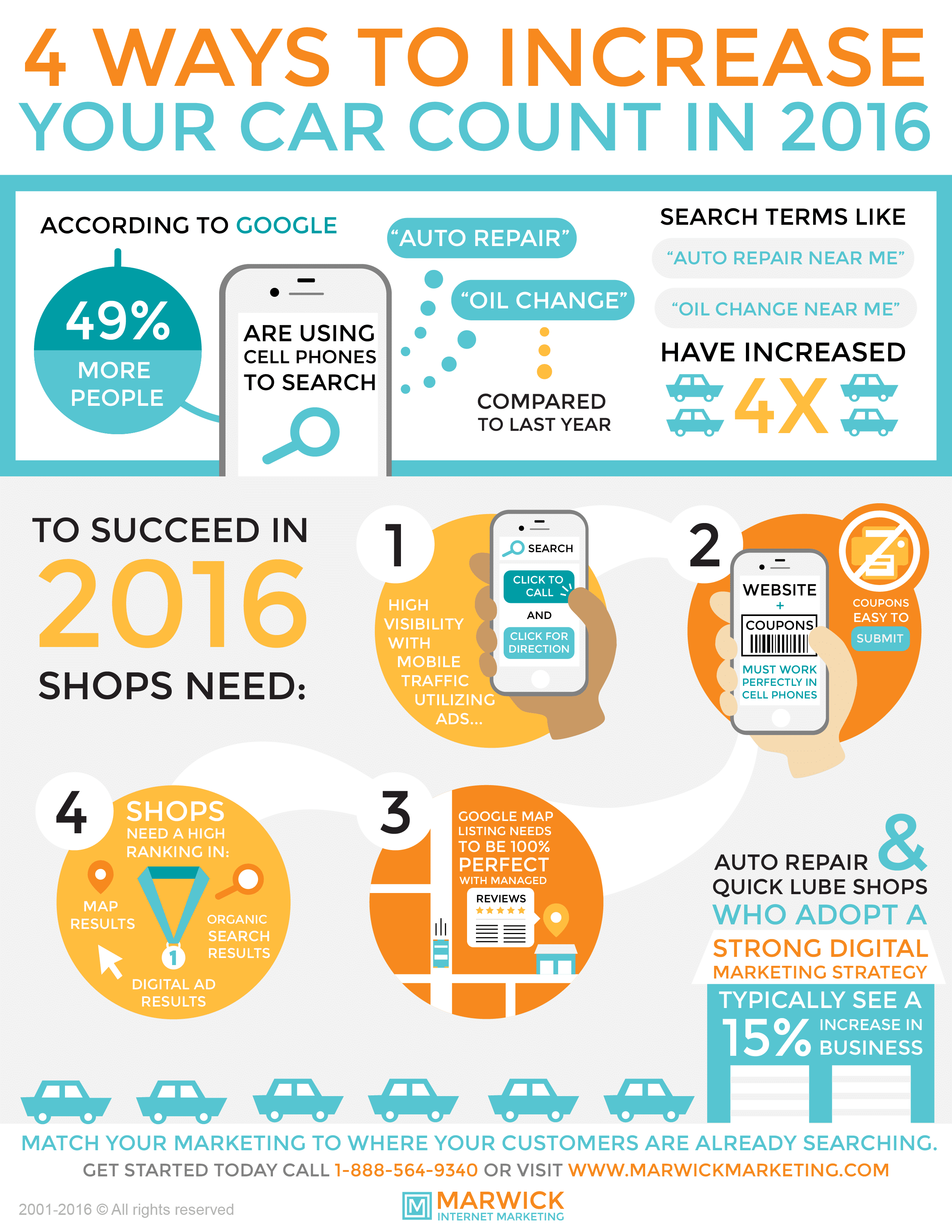Uncover The Definitions Behind The Control Panel Caution Lights In Your Automobile To Protect The Health And Wellness Of Your Vehicle
Uncover The Definitions Behind The Control Panel Caution Lights In Your Automobile To Protect The Health And Wellness Of Your Vehicle
Blog Article
Web Content Author-Kessler Mendez
When you're behind the wheel, those glowing caution lights on your dashboard can be a little bit perplexing. Do you recognize what they're trying to inform you regarding your vehicle's health and wellness? Recognizing the value of these lights is crucial for your safety and security and the durability of your automobile. So, the following time among those lights turns up, would not you wish to analyze its message properly and take the necessary steps to address it?
Common Warning Lights and Interpretations
Recognize usual warning lights in your cars and truck and comprehend their meanings to ensure risk-free driving.
The most normal caution lights include the check engine light, which signifies issues with the engine or discharges system. If this light comes on, it's critical to have your vehicle examined quickly.
The oil pressure alerting light indicates reduced oil stress, requiring immediate focus to avoid engine damage.
A blinking battery light may recommend a defective billing system, possibly leaving you stranded if not resolved.
The tire stress tracking system (TPMS) light informs you to low tire pressure, influencing vehicle stability and fuel performance. Overlooking this might bring about dangerous driving problems.
The abdominal muscle light suggests a problem with the anti-lock stopping system, compromising your capacity to quit swiftly in emergencies.
Last but not least, the coolant temperature level cautioning light warns of engine overheating, which can result in severe damages otherwise solved swiftly.
Recognizing these common caution lights will certainly assist you deal with issues quickly and preserve risk-free driving conditions.
Relevance of Prompt Focus
Understanding the typical warning lights in your automobile is only the primary step; the value of without delay resolving these cautions can not be emphasized enough to guarantee your safety and security on the road.
When a warning light illuminates on your dashboard, it's your automobile's means of communicating a prospective issue that requires attention. Overlooking these warnings can lead to more serious problems in the future, jeopardizing your security and possibly costing you extra in repairs.
Prompt focus to cautioning lights can prevent breakdowns and crashes. As an example, a blinking check engine light can show a misfire that, if left unattended, could trigger damages to the catalytic converter. Addressing this promptly can save you from a pricey repair.
In a similar way, a brake system alerting light could signal low brake fluid or worn brake pads, essential components for your safety when driving.
Do It Yourself Troubleshooting Tips
If you observe a caution light on your dashboard, there are a couple of DIY troubleshooting pointers you can attempt before seeking expert assistance.
The first step is to consult your cars and truck's manual to recognize what the specific warning light suggests. Sometimes the problem can be as basic as a loosened gas cap triggering the check engine light. Tightening up the gas cap may solve the trouble.
aaa approved auto repair is a reduced battery, which can set off different advising lights. Examining the battery links for deterioration and guaranteeing they're safe and secure might deal with the problem.
If a warning light continues, you can try resetting it by separating the automobile's battery for a few minutes and then reconnecting it. Additionally, checking your vehicle's liquid degrees, such as oil, coolant, and brake fluid, can help troubleshoot warning lights associated with these systems.
Conclusion
Finally, understanding your cars and truck's caution lights is necessary for maintaining your car running efficiently and securely. By immediately dealing with these signals and knowing what they indicate, you can stay clear of expensive repairs and prospective break downs.
Keep in https://thenewswheel.com/5-tips-for-choosing-an-auto-repair-shop/ to consult your car's handbook for specific information on each cautioning light and act as necessary to make sure a hassle-free driving experience.
Stay educated, stay risk-free when driving!
